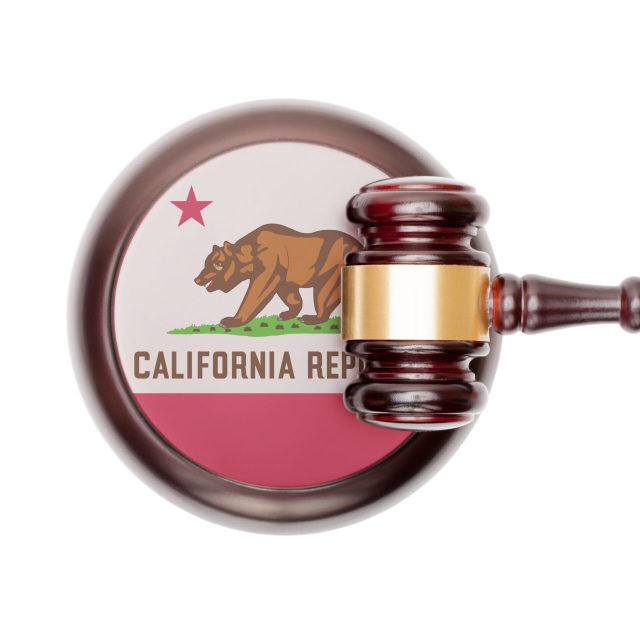Course Summary
Practice Level: Intermediate
Child maltreatment is a serious public health concern that imposes a range of deleterious consequences for victims’ mental and physical health across the lifespan. This course is designed for social workers, psychologists, marriage and family therapists, and counselors needing to familiarize themselves with California’s procedures and regulations for assessment and reporting, as these professionals play critical roles in child maltreatment intervention and must be able to take particular steps in response to child maltreatment. Often this takes the form of child abuse or neglect assessment and reporting to law enforcement or child protective services personnel. The course explores the definitions, risk and protective factors, and signs and symptoms of child maltreatment with culture, context, and environment as critical elements in evaluating and responding to maltreatment. This course focuses on screening, child protective services, mandatory reporting, and the roles and responsibilities of professionals who suspect child abuse or neglect. In this course, the professional will learn the steps for making a report to child protective services, the process of investigation by child protective service personnel, and specific considerations, such as privileged communication and penalties for failure to report child maltreatment. The course identifies and examines current California state laws, statutes, regulations, and codes that guide practitioners and institutions in identifying and responding to child abuse and neglect.
Course Format
This course contains downloadable online lessons (PDF) and a practice test. When you’re ready, purchase the course by clicking the “Add To Cart” button. This will let you take the test, complete the course evaluation and receive your certificate for CE credits.
Learning Objectives
- Define child abuse and neglect.
- Recognize risk factors, signs, and symptoms of child maltreatment
- Identify laws that address child abuse and neglect.
- Explain adverse childhood experiences and psychiatric manifestations of child abuse and neglect.
- Differentiate between corporal punishment and child abuse.
- Describe the significance of culture, context, and environment in child abuse and neglect.
- Explain special considerations in abuse and neglect for children with disabilities, sex trafficking, and/or infant prenatal exposure to substances.
- Describe the prevalence of child abuse.
- Explain the effects of the pandemic on the assessment and reporting of child abuse and neglect
- Identify the purpose, roles, and responsibilities of child protective services.
- Explain the steps for investigation of child maltreatment.
- Describe the components of a comprehensive family assessment
- Describe the legal context of protective services involvement.
- Explain mandatory reporting requirements and penalties.
- Identify physical, behavioral, and psychological indicators of abuse and neglect.
- Differentiate between parenting practices and abuse.
- Describe varied assessment practices with infants, young children, and adolescents.
- Explain the significance of intergenerational transmission of child maltreatment.
- Explain how resilience skills can help overcome adversity.
- Describe treatment and prevention.
Course Syllabus
Authors
Teresa Crowe, PhD, LICSW
Teresa Crowe, PhD, LICSW is a licensed clinical social worker in the District of Columbia and Maryland. She is a professor of social work at Gallaudet University and teaches practice, theory, and research in the MSW program. Her recent research focuses on deaf and hard of hearing populations, especially in the areas of behavioral health, intimate partner violence, telemental health, well-being, and help-seeking.
Accreditation Approval Statements
CE4Less.com is approved by the American Psychological Association to sponsor continuing education for psychologists. CE4Less.com maintains responsibility for this program and its content.
CE4Less.com, provider #1115, is approved as an ACE provider to offer social work continuing education by the Association of Social Work Boards (ASWB) Approved Continuing Education (ACE) program. Regulatory boards are the final authority on courses accepted for continuing education credit. ACE provider approval period: 08/08/21-08/08/24. Social workers completing this course receive 7 clinical continuing education credits.
CE4Less.com has been approved by NBCC as an Approved Continuing Education Provider, ACEP No. 6991. Programs that do not qualify for NBCC credit are clearly identified. CE4Less.com is solely responsible for all aspects of the programs.
Courses have been approved by CE4Less.com, as a NAADAC Approved Education Provider, for educational credits. NAADAC Provider #91345 CE4Less.com is responsible for all aspects of the programming.
CE4Less.com maintains responsibility for this program and its content. We are committed to providing our learners with unbiased information. CE4Less never accepts commercial support and our authors have no significant financial or other conflicts of interest pertaining to the material.


